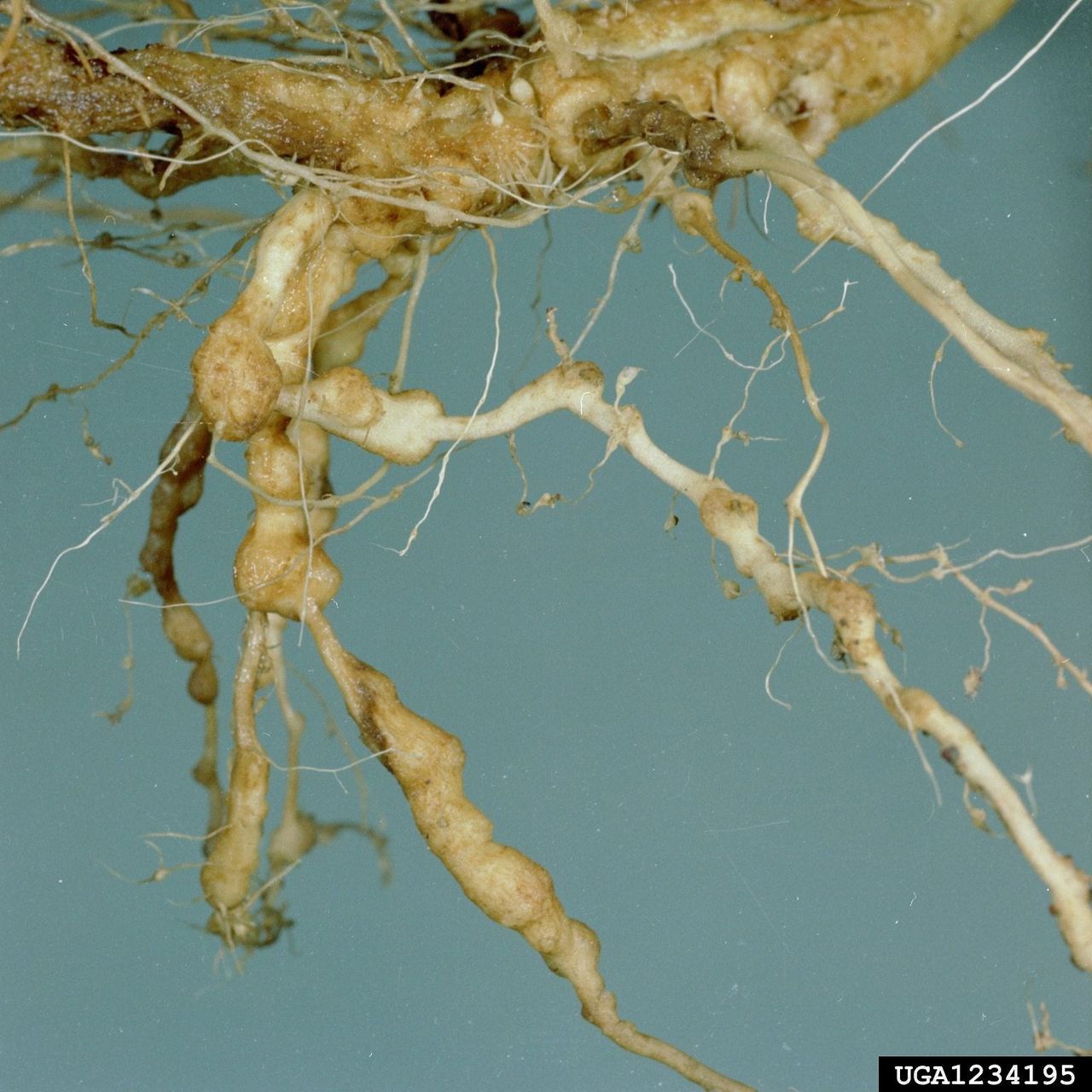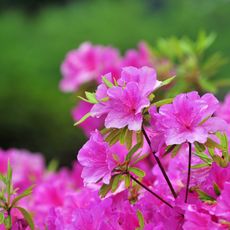Watermelon Nematode Treatment – Managing Nematodes Of Watermelon Plants

A significant threat to your watermelons might just be a microscopic roundworm. Yes, I’m referring to nematodes of watermelon. Watermelons afflicted with nematodes yellow, become stunted, and generally decline. Watermelons and other cucurbits are primarily susceptible to root nematodes but can also be damaged by sting nematodes. How do you go about controlling watermelon nematodes? The following article contains information about watermelon nematode treatment.
Symptoms of Watermelons with Nematodes
Nematodes live in the soil and feed on the roots of plants, reducing their ability to absorb water and nutrients and leading to a general decline in their health and productivity. Not only does nematode feeding weaken the plant, but it can also predispose plants to fungal or bacterial disease or transmit viral disease. In watermelons with nematode damage, leaf chlorosis is evident and leaves may be stunted and wilted. Roots may form galls where the nematodes hide, feed, and reproduce. In large watermelon patches, nematodes of watermelon may only afflict a portion of the field, leaving some plants unscathed. Depending upon the type of nematode feeding, yields may be extensive but vary depending upon species. In the case of watermelons, root nematodes rarely cause damage in areas that have had long grass growing rotations. Thus, in soil where nematode host plants have grown in the last three to five years, the incidence of nematodes of watermelon rises.
Watermelon Nematode Treatment
Nematodes are notoriously difficult to control, so how do you go about controlling watermelon nematodes? Since they are microscopic, it is a good idea to have soil and root tissue samples tested to determine if nematodes are the cause of symptomatic plants. Testing needs to be done before planting since the nematodes become established once in the watermelon patch. Of course, if planting has already occurred and symptoms appear to indicate nematodes, a quick test for root knot nematodes is to look at the roots of the plant. Root knot nematodes cause galls to form on roots and are readily evident if they are the culprit. Management of areas infested with nematodes includes crop rotation with less susceptible crops or resistant varieties. Also, pre-plant nematicide treatments can be applied. Most nematicides are soil applied and incorporated into the top 3 to 6 inches (8-15 cm.) of soil. They have limited residual activity and are often used in conjunction with other cultural or chemical pest control. Both of these management practices are just that, management. They will help to reduce the nematode population and improve crop production but not rid the area entirely of the nematodes.
Gardening tips, videos, info and more delivered right to your inbox!
Sign up for the Gardening Know How newsletter today and receive a free copy of our e-book "How to Grow Delicious Tomatoes".

Amy Grant has been gardening for 30 years and writing for 15. A professional chef and caterer, Amy's area of expertise is culinary gardening.
-
 Best Determinate Tomatoes: Compact Varieties With Big Yields For Cooking & Canning
Best Determinate Tomatoes: Compact Varieties With Big Yields For Cooking & CanningDeterminate tomatoes are prized for their compact growth and bountiful harvests. Learn their characteristics and choose the best varieties for your garden.
By Bonnie L. Grant
-
 Ideal Azalea Water Requirements – For Lush, Healthy Shrubs That Will Thrive For Years
Ideal Azalea Water Requirements – For Lush, Healthy Shrubs That Will Thrive For YearsWhat are an azalea's water requirements? Learn how to keep these beautiful spring-blooming shrubs happy and healthy in your yard or container garden.
By Amy Grant
